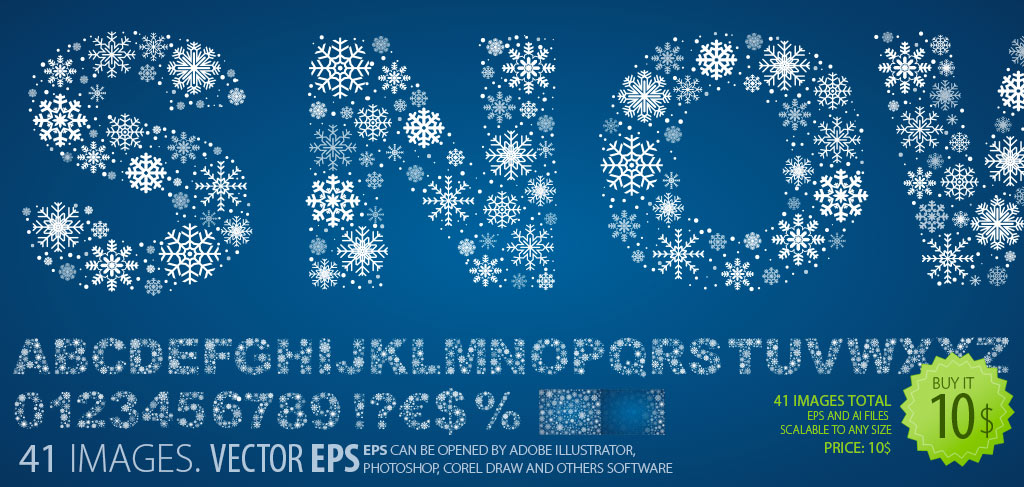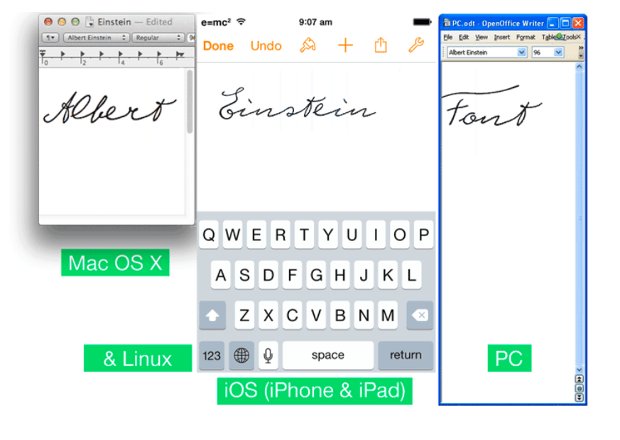

- #Glyphs software used for einstein font how to
- #Glyphs software used for einstein font driver
- #Glyphs software used for einstein font full
- #Glyphs software used for einstein font series
I treated the font as a queue in this implementation. There is only space for 95 single-width characters in an ESC/POS font, but the scripts are much larger than this. Lastly, the output size on paper was tiny, so I set the printer to double the size, which results in text that is around 50% larger than the default output.
#Glyphs software used for einstein font full
The full code is linked at the end of this post. The converter code is not very concise, so I’ll just share a screen capture here. The format on the printer for each character stores bits in a column-major format, while most raster formats are row-major, so I wrote a quick converter to rotate the bits. The non-printable 7 pixels at the bottom of the images are ignored by the printer. Note that wider characters have a two-pixel dead-zone on the right. These pictures show how the glpyhs (grey) are laid out in the available print area (unused print area in white), in the available memory (unused memory in red). Since the characters would be surrounded by too much whitespace in the “Font A” (12×24) representation, I settled on printing in “Font B” (9×17), leaving a one-pixel space underneath, and to the right of each character.
#Glyphs software used for einstein font driver
On some printers, there are native commands to print Japanese, but for a driver project, we need something with broad compatibility.
#Glyphs software used for einstein font how to
However, if you attempt to send an example string like “日本語” to escpos-php currently, the driver will substitute it with “?”, since it doesn’t know how to convert them to ESC/POS.


The escpos-php driver will automatically map a lot of western scripts to these code pages. Mapping arbitrary text to something understood by these printers is a huge challenge.
#Glyphs software used for einstein font series
Instead, they still use a series of legacy code pages to represent non-ASCII text. Programmers usually deal with text in UTF-8, but receipt printers don’t. I previously wrote a bit about printing individual bitmaps for each character, where here I am aiming to print entire scripts. I have recently been looking for a way to add support for these on receipt printers that have no native ability to render them, and thought I would write a bit about some progress so far. I develop a printer driver for ESC/POS receipt printers, and we regularly get feature requests for encoding text in the Chinese, Japanese and Korean languages (“CJK”).


 0 kommentar(er)
0 kommentar(er)
